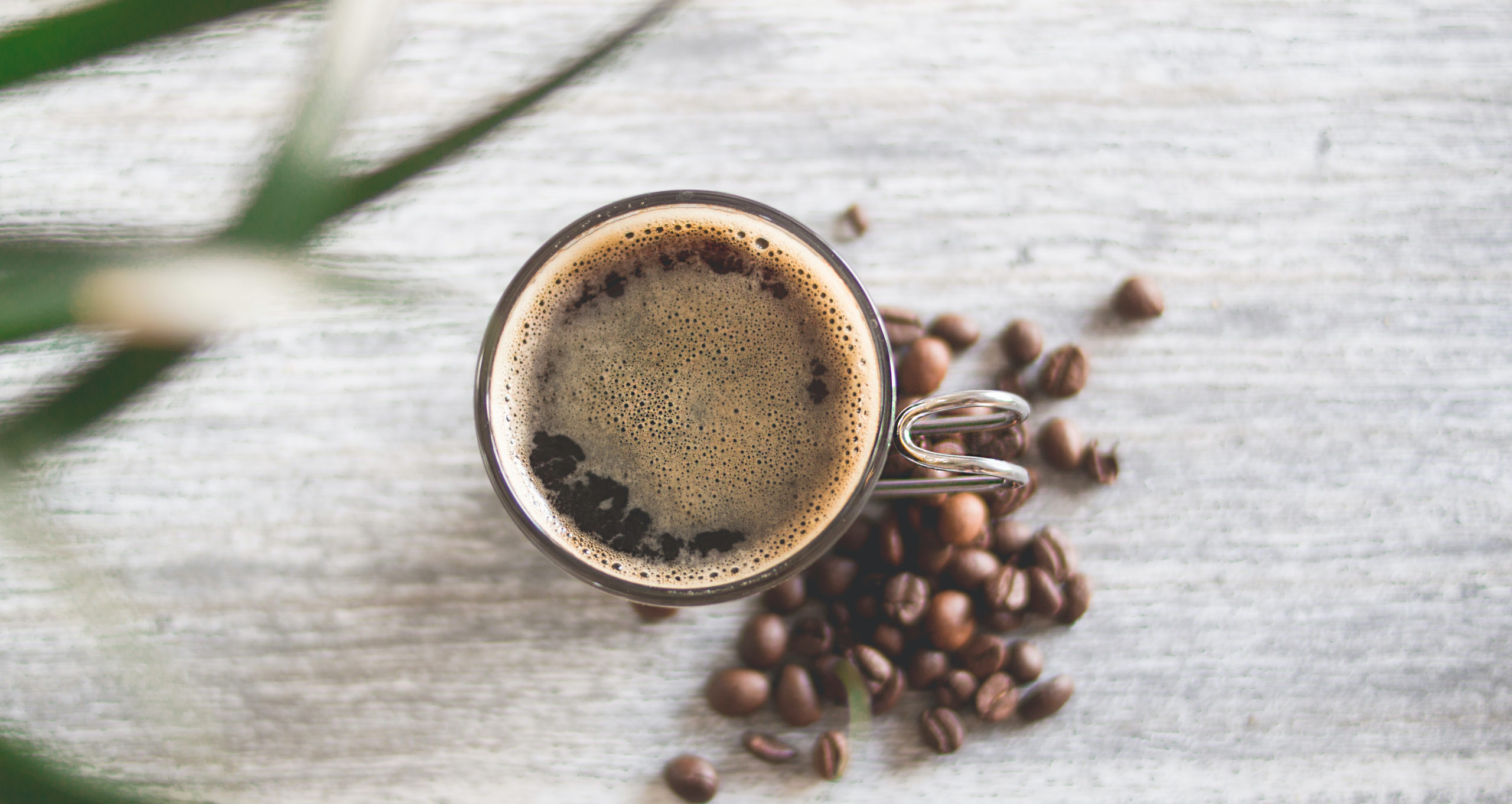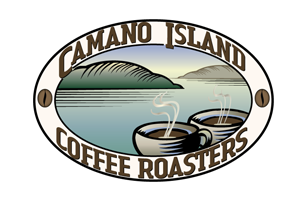
The Artistry of the Roast
Does your cup of coffee transport your senses to a different place depending on the flavor and your mood? Roasting coffee beans is an art no different than painting a masterpiece; time, heat, and color take the place of brushes and palettes. Your favorite roast requires an artist skilled in the nuances of coffee bean flavors and aromas; anything less is like snapping a Polaroid versus creating a Rembrandt.
The heat is on
A coffee bean starts out as a hard pit; then it goes through a process of fermentation and drying making it softer and sort of grassy smelling. In this state, it can be stored without losing its quality or taste, but you wouldn’t be impressed by either of those attributes until its flavors are released through roasting. Roasting machines are set to temperatures between 370 and 540 degrees Fahrenheit, the beans are constantly moving for even heating from a few minutes to a half hour. Once removed from the heat, the beans are immediately cooled.
The process of roasting causes changes to occur in the bean’s chemical make-up. A combination of science and years of experience are what make a Roast Master; you don’t just walk in off the street and get a job roasting coffee. Beans are brought to high temperatures pretty rapidly it takes a master roaster to know the moment the beans have reached roasting perfection.
Color me fascinated
Different roasts create different depths of flavor; lighter roasts keep most of the natural bean flavor while darker roasts remove more of the sweetness for a full bodied taste. Each degree of roasting is gauged by color; obviously, the longer the beans are left to roast the darker they get.
Lightly roasted beans will have a more cinnamon color, light brown with reddish tones, original bean flavors. Mild beans are better when lightly roasted, leaving you with layers of flavor depending on where the beans were grown and the surrounding vegetation.
Medium roasts are the most popular because the flavors are the most enhanced, the color palette for medium roasts ranges from light-medium brown to medium brown and oily. A shiny appearance will happen when temperatures are high enough to begin releasing the natural oils within the bean. Often, big coffee companies will employ a medium roast to average quality beans in an attempt to fool you and bring out a richer flavor. Camano Island Coffee is made from the highest quality, single-origin Arabica beans, so our medium roast coffees are balanced and flavor filled.
Dark roasted coffees range in color from medium-dark brown and oily to very dark brown. The longer the beans are left to roast the smokier the flavor, with a lower acidity and richly coated in coffee oils these tend to be internationally favored. Make sure you’re getting high-quality beans since many mass-produced coffee makers will use the dark roast in an attempt to hide poor quality.
There is a niche market of coffee lovers that prefer extra dark roast coffees, the beans are almost black in color and can be shiny or brittle. These beans have none of their original flavor left; you have to be of a strong constitution to enjoy this flavor of roast. We don’t go too dark, instead relying on varietal beans that blend so well you can enjoy your espresso alone or in your favorite creamy concoctions.
Regional flavors
Our regional blends offer another option. We roast our single-source coffees separately, then blend the regional coffees together to bring all of your favorite coffees into a single cup. Camano Island Coffee offers a variety of roasts and blends, including espresso and less caffeinated choices.
The daily grind
Everyone involved in the process at Camano Island Coffee Roasters is there to bring you the best tasting, highest quality coffee you’ve ever had. We believe everyone from the farmer to the consumer is of the utmost importance, and because we believe that on every box we make sure to pass along the messages of hope and success that we’ve created together. Together is the most important idea of all, for once you decide to support social and environmentally sound businesses you change the world with every purchase, with every cup, with every sip. Now, isn’t that a great tasting cup of coffee?

Is your roasting process what would be considered smokeless?
Hi Lori,
That is an interesting question!
Our roasting is not considered smokeless. We do have equipment, however, that cuts down on smoke and particulate matter coming out from our roaster. This equipment is called an afterburner. This equipment essentially burns off excess chaff during the roasting process.
Thanks for commenting!
TJ
From where do you source your green beans? I roast for myself out of the garage and am always looking for new sources of beans. Thanks!
Hi Ted,
We were with a handful of small, “farmer-focused” importers. They cater to coffee roasters like us who look for quality while still taking care of the farmers.
For home roasting, we recommend https://www.sweetmarias.com/. They do a great job and have a fantastic selection.
Happy roasting!
Hi,
I am looking for a coffee that’s organic AND been tested for mold. I’m seeing your organic designation but nothing about mold. Have your beans been tested?
Thanks so much!
Debi Richardson
Hi Debi,
Great question! Our coffees are tested for moisture content and mold when they are being processed in country. Our beans are then stored in climate controlled facilities from the country of origin until they reach our warehouse. Our warehouse is also climate controlled. We then roast and ship to order within 48 hours so our coffee is super, super fresh. This helps with getting you coffee that’s mold free after it’s been roasted as well. Compare this to the grocery stores where it may be month old before you purchase it.
Mold in coffee occurs in one of two basic ways. Either at the farm before it’s been processed or after it has been roasted. At the farm level mold can get into the bean prior to processing because the coffee cherry can be damaged or moldy. Once that occurs with the pulp of the coffee cherry, mycotoxins can leach into the pit of the coffee cherry. This pit then gets processed and roasted and that is what we call coffee beans. Our standards on beans is that we can have no imperfect coffee cherries or beans. Our coffee cherries are picked at optimum ripeness. Our coffee beans are hand sorted three time to remove these imperfections during the processing stage at the farm.
Then after we roast them we ship right to you within 48 hours. This helps to prevent mold developing after the roasting since we do not allow our coffee to sit around for months.
Thanks for the question, Debi. Feel free to give our coffee a try and taste for yourself the difference!
I tried to roast the coffee beans at home once and since then I am a home roaster. I like them lightly roasted though, the dark roast has a too sour taste for me. I don’t know about acidity though.
Hello,
I’m a longtime coffee drinker and not keen on the different roasts. I come from the “old folks” of Folgers, a Navy family and Active-Duty Navy myself, so this new world of roasting your own and all the flavored coffees are newer to me. I do have a Keurig single cup brewer now and I’ve taken a liking to the Hazelnut flavored coffee by Keurig.
Do you do flavored coffees? What goes into making flavored coffees? I believe that light roast is what I like best.
Thanks.
Debra
Hi Debra,
Thanks for commenting!
We do not flavor our coffees. We source Top 1% grade Arabica — all organic — and roast them in small batches. Most of our coffees are single origin instead of blends so you get to explore each country’s flavors. Coffee flavor will change naturally based on where it is grown. This is due to climate and different types of soil around the world. When we list the flavors of our coffee these are the naturally occurring flavors we can taste in these coffees naturally.
Feel free to give any of our coffees a try. We have light, medium, and dark roast. Papua New Guinea Medium roast or Peru Light Roast is a great place to start. Give one a try and let us know what you think. Right now you can $20 off your first order when you join as a member. Here’s the link: https://camanoislandcoffee.com/20-off/
Hello Debra
I grew up in an Army family and I remember those shiny cans of ground coffee and tea we called “GI Issue”. Later working on Wildland fires we would get shipments of coffee, select more I think on the future utility of the cans themselves. Drinking all of our coffee “Cowboy Style” over the fire.
I am almost wholly a Camano customer now. I went to the Seattle Garden show and tasted their coffees. What struck me is that the roast levels (medium-ish) that I grew up with carry significantly more flavor when the beans are selectively sourced. Unlike the trend to buy cheap and burn away any flavor at all.